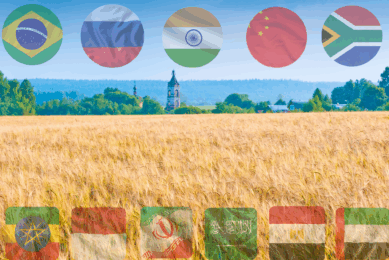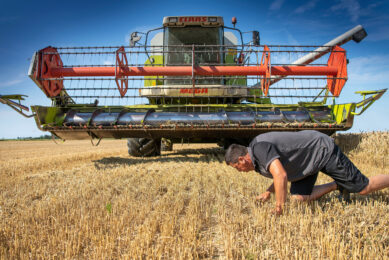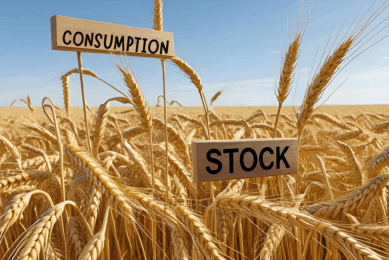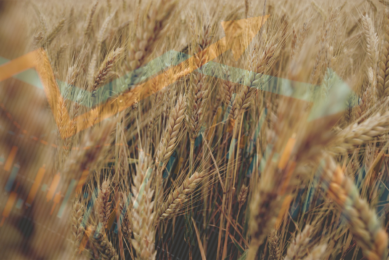Iran poultry industry sheds light on feed shortage
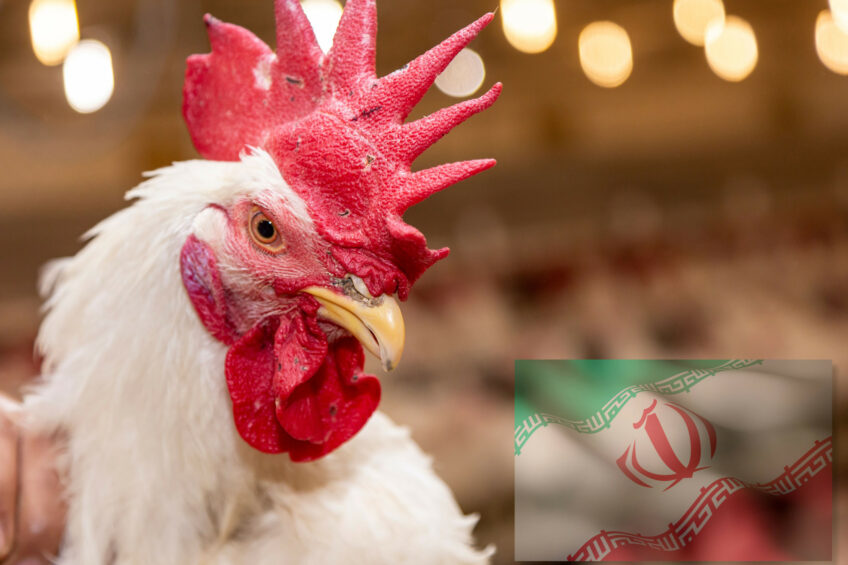
Iran Poultry Federation has sent an open letter to the Ministry of Agricultural Jihad asking to urgently streamline state-controlled feedstuff imports before the damage to the farmers is done.
Although raw figures may tell a slightly different story, the Iranian feed market is still experiencing a monthly imbalance in the imports of 3 key feed commodities: corn, soybeans, and soybean meal, Farzad Talakash, the secretary of the Iran Poultry Federation, indicated.
Iran annually imports around 8 million metric tons of corn, 4.2 million tons of soybean meal, and 400,000 metric tons of barley for animal feed on average per year.
Western sanctions prompted the Iranian government to turn to foreign currency rationing, which implies state control over the import of a long list of commodities, including agricultural commodities.
Although the Iranian government has seemingly managed to ensure an uninterrupted supply of feedstuffs during the last year, occasional reports indicated temporary disruptions in the deliveries as the Central Bank of Iran delayed currency allocation under feed companies’ foreign contracts.
Soybean meal: Price unjustified
The existing system, in which the state also sets wholesale prices, has flaws, Talakash said, calling the existing soybean meal price “unjustified.” As a result, traders are not interested in importing soybean meal and instead focus on soybeans and corn.
At the same time, Talakash admitted that Iran lacks crushing facilities to process soybean meal.
Addressing the feed shortage
The Iran Poultry Federation has put forth a plan to address the feed shortage. They propose that the government ensures that soybean meal comprises at least 50% of the Iranian soybean imports. This move could significantly alleviate the current crisis.
Feed quality
In addition, the Iranian farmers have been increasingly voicing concerns over the quality issues with the delivered feed inputs. Talakash revealed that a number of cases of chemical and microbial spoilage of the delivered feedstuff, in the first place, corn, is on the rise in Iran.
Impact of poultry sector
The poultry industry, a vital sector of the Iranian economy, has been severely hit by the feed shortage. This has led to mounting losses and a significant drop in productivity. The financial resources allocated by the Central Bank to bolster food security are being squandered as a result.
Talakash provided no explanation for the quality issues, but it is believed that to avoid sanctions, Iran sources some imports through unofficial channels that lack product traceability.
To provide the feed industry with the needed corn, Iran should buy from intermediaries, which will cost $30 to $40 more per tonne, some reports indicated.
Nosediving consumption
The current predicament of the Iranian feed industry has had a devastating impact on the domestic market. Local business groups have estimated a staggering 50% drop in demand on the red meat market in the last year alone, a crisis that has left every third family without red meat on their table.
Consumption of chicken meat and eggs has also been hampered.




